-
×
-
×
-
×
-
×
-
×
-
×
-
×
-
×
-
×
Golden Eyes Vampire Crab - Geosesarma Sp. - Decapod Crustacean 1 × £8.71
-
×
-
×
-
×
-
×
-
×
-
×
-
×
-
×
-
×
-
×
-
×
-
×
-
×
-
×
-
×
-
×
-
×
Subtotal: £675.13

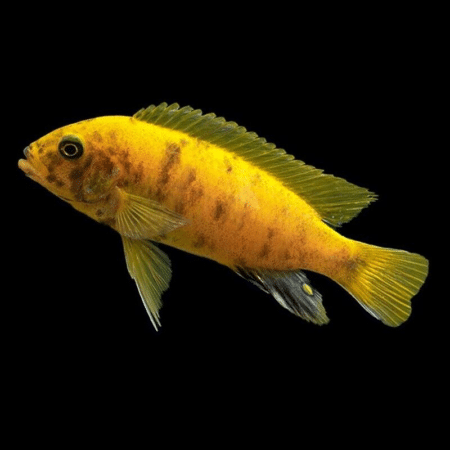



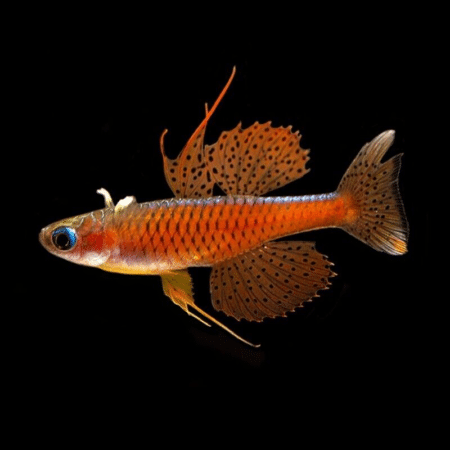



 Golden Eyes Vampire Crab - Geosesarma Sp. - Decapod Crustacean
Golden Eyes Vampire Crab - Geosesarma Sp. - Decapod Crustacean 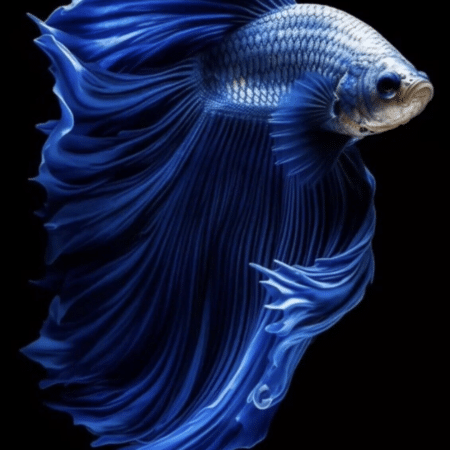



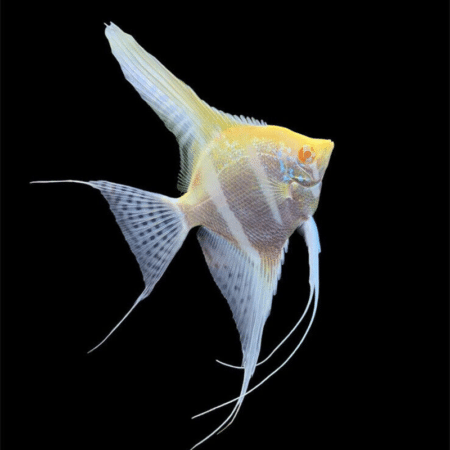


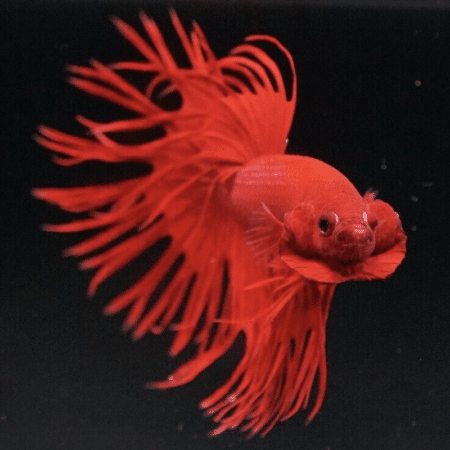
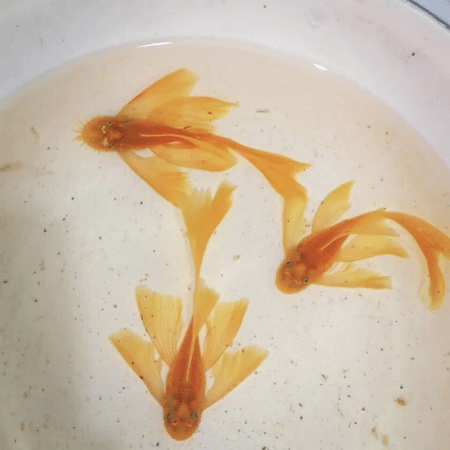
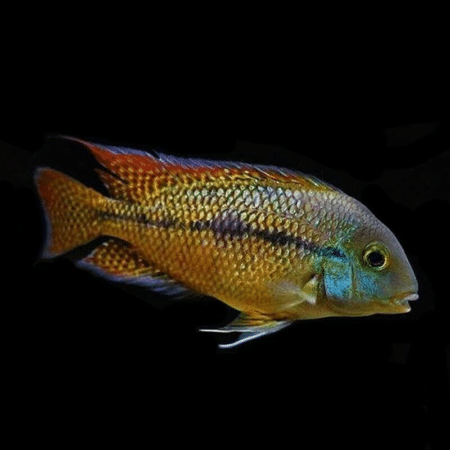

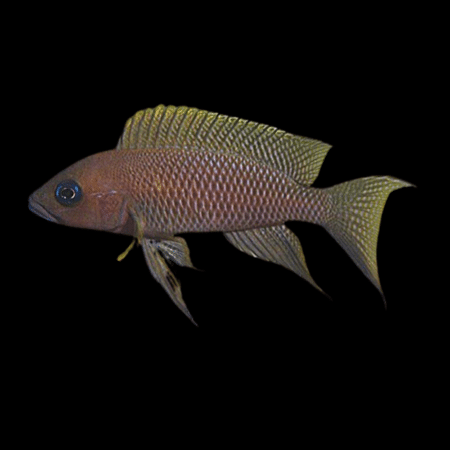

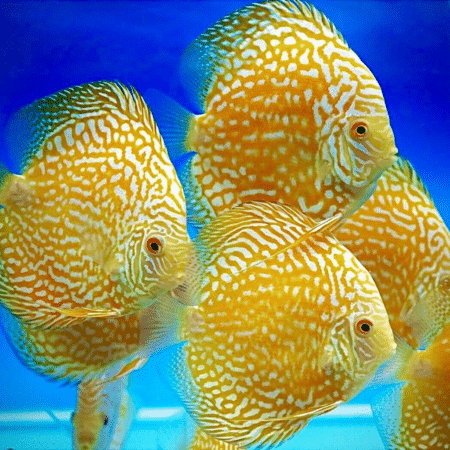



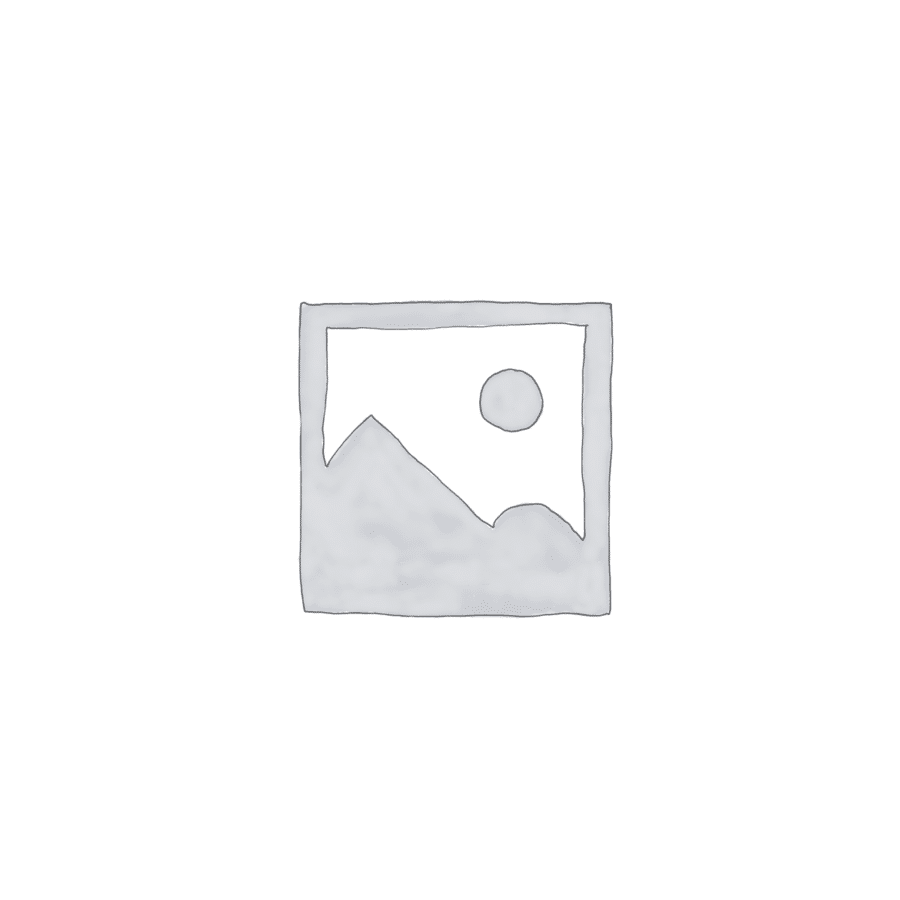
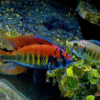
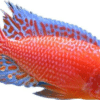








Emily Carter (verified owner) –
I’m absolutely thrilled with my Flavus Malawi Cichlid! As a passionate aquarium hobbyist for over five years, I can genuinely say that this fish has brought so much vibrant activity to my tank. After adding him two months ago, I’ve noticed remarkable interactions with my other cichlids. His colors are stunning, and he has a playful nature that keeps everyone entertained. I designed my aquarium with a mix of rocky caves and open water, and he absolutely loves exploring every nook and cranny. I use a robust aquarium filtration system, which keeps the water pristine—definitely essential for these tropical fish. The only minor concern I had was a bit of initial aggression, but it quickly settled as they established their hierarchy. I would highly recommend the Flavus Malawi Cichlid to anyone looking to add a dynamic, colorful personality to their aquarium. This gem is perfect for both beginners and experienced aquarists. Just be sure to monitor water conditions closely! I’ll definitely be looking to add more to my collection soon.